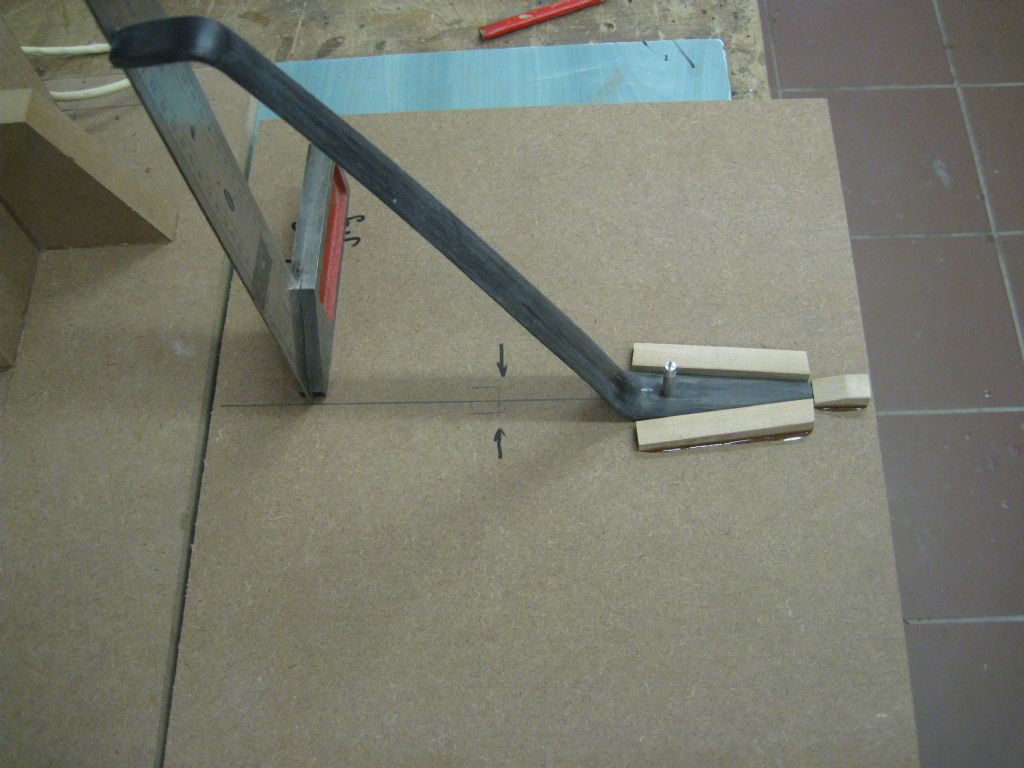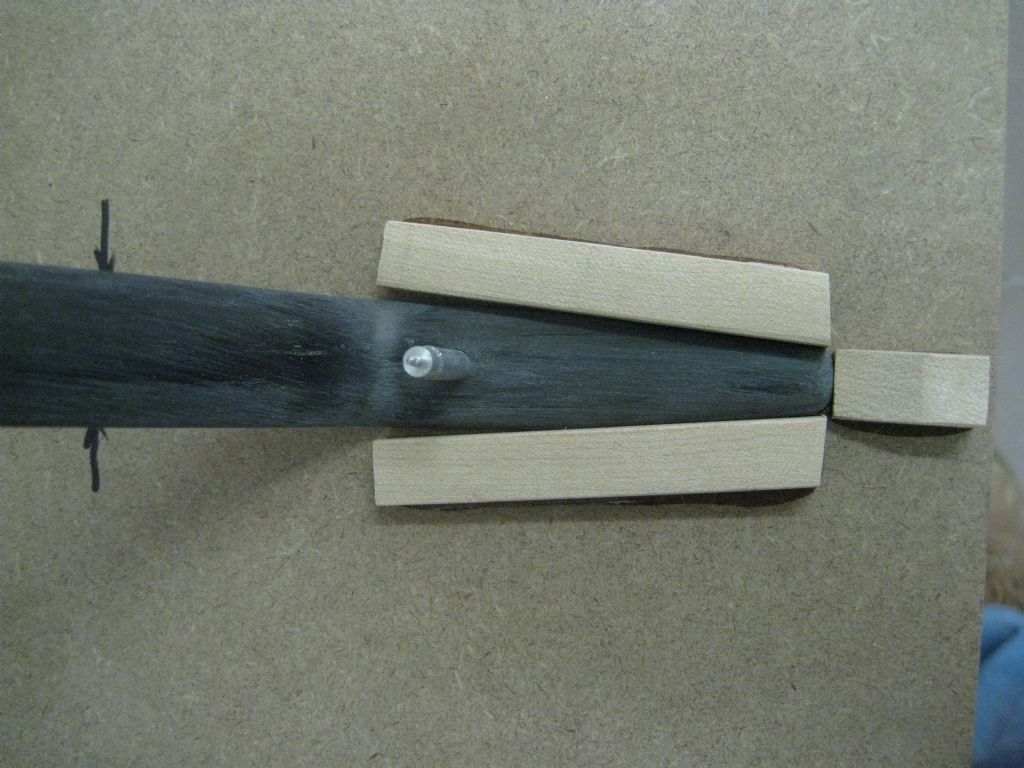I use Diamond-Cut End mills or router bits as sometimes known, for composite work, especially items made from Carbon Tow. Below are photos of one half of a Landing Gear set for a small UAV – the hole made with these type of bits, routed out, not drilled in full size. The hole is 6mm, done with a 3mm cutter.
The tip is available in Drill tip or Fish-Tail, I use the latter as it cuts a circle out on exit, rather that the point of a drill pushing the fibers apart.
I also use the diamond cut – the flutes are 'pull-up' but the diamond grind provides a measure of 'push-down' to the material. There is no tearing or lifting of fibres at all, provided the cutter is sharp.
The bits are also available in reverse flute, ie, 'push-down', but are more costly.
I have never had success with so-called carbide burrs – great care is needed, slow feed, and SLOW rpm, maybe around 1000RPM, as the resin just gums up and results in a mess.
These Diamong Cute End mills cutters are commonly used to route out PCB peripheries in PCB manufacture.
They can be used free-hand, in high speed hand held tools, like a Dremel, must be run at high speed – above 8000rpm for a 2mm cutter, but beware of freehand work on the larger diameters – I would not do more than 3mm – a 6mm cutter easily grabs and wrecks the job.
Carbon Tow is the stuff most pultrusions are made from – makes for incredibly strong parts in tension, very resistant to bending, buts can split in the fibre direction.
Joe



John Haine.








